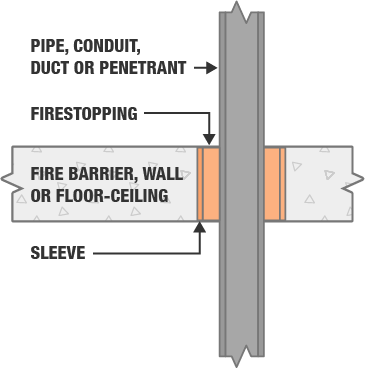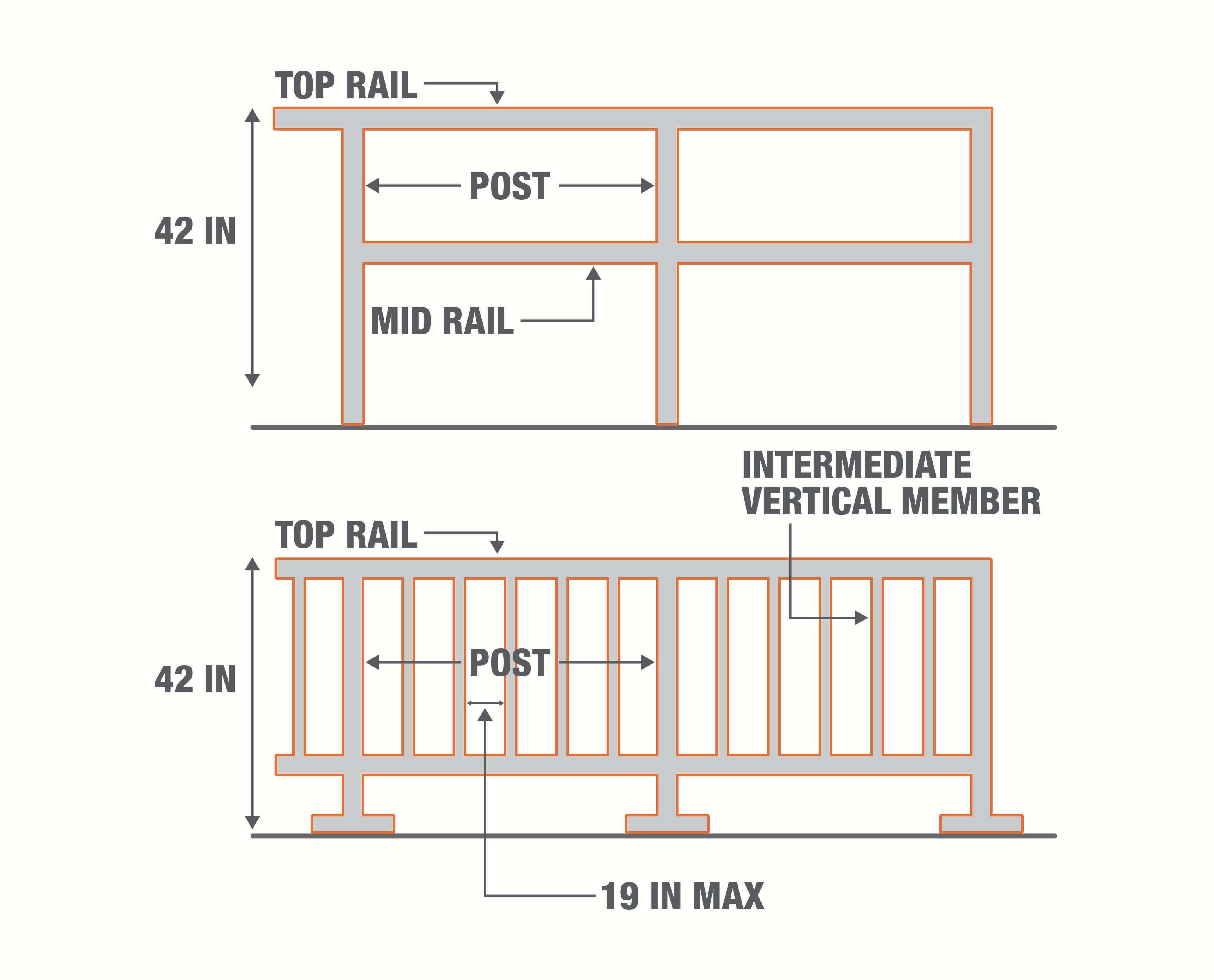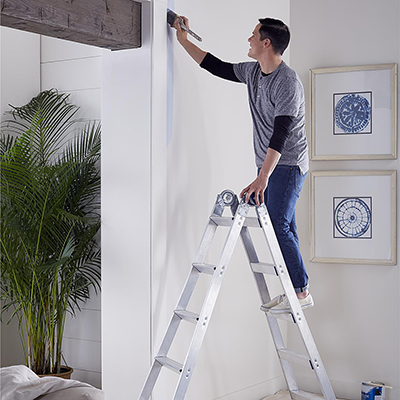Essential Safety Checklist for Businesses
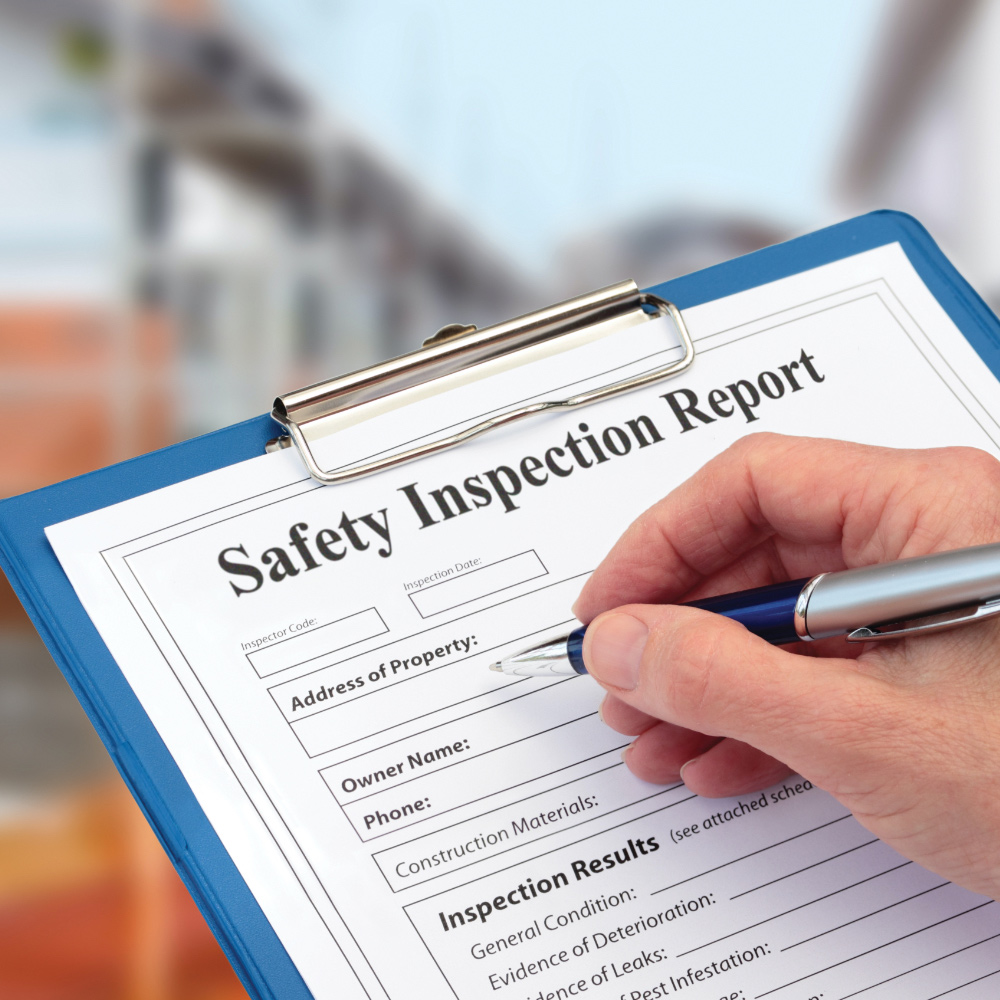
Last updated August 12, 2024
Safety checklists provide the first line of defense to protect employees from workplace hazards. A workplace safety checklist reviews the sources of potential harm or injury on the job. It also addresses how to ensure safety, prevent hazardous situations and handle a health emergency.
Business owners, office managers and job-site supervisors use safety checklists to organize inspections. The documents review workplace hazards and how to control them to ensure safe practices. Safety checklists can also confirm that your business complies with OSHA standards, local fire codes and other relevant regulations.
Table of Contents
What Is a Safety Checklist?
General Safety
Fire Safety
PPE Safety
Hand & Power Tool Safety
Fall Protection
What Is a Safety Checklist?
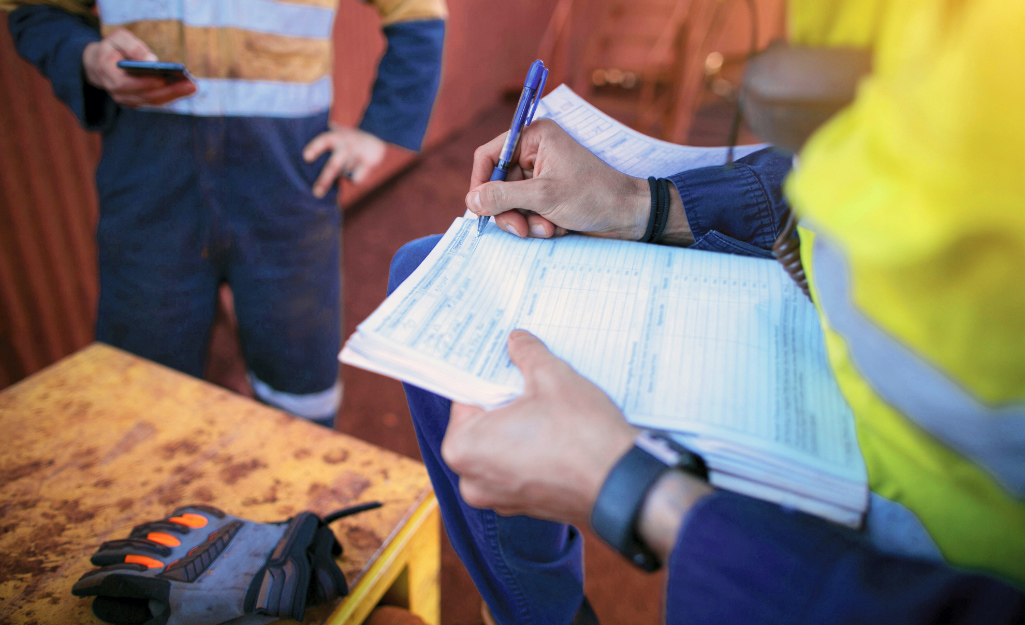
Make sure you have a save environment for your employees. A safety checklist is an essential tool for inspecting the workplace. To create the perfect checklist for your business, start with a safety audit.
- Perform a site inspection for potential health and safety hazards, including physical and chemical hazards.
- Inventory PPE and other safety equipment.
- Assess emergency procedures and other safety policies.
- Assign corrective measures to non-compliant items.
- Set a timetable for regular inspections and determine the items that need to be on your daily, monthly and annual safety inspection checklists.
Businesses should hold safety program evaluations based on the type of work done on the premises. Organize the job site safety checklist accordingly.
- Office: fire safety, emergency exits and ergonomics
- Construction: fall protection, PPE, electrical hazards
- Warehouse and Factories: signage, PPE, racks and shelving, manual handling
Get started with our standard safety checklist or create your own.
Pro Tip: Request the local fire marshal inspection checklist, the OSHA safety inspection checklist for your industry and any other relevant resources. Make sure your checklist addresses the same safety needs.
General Safety
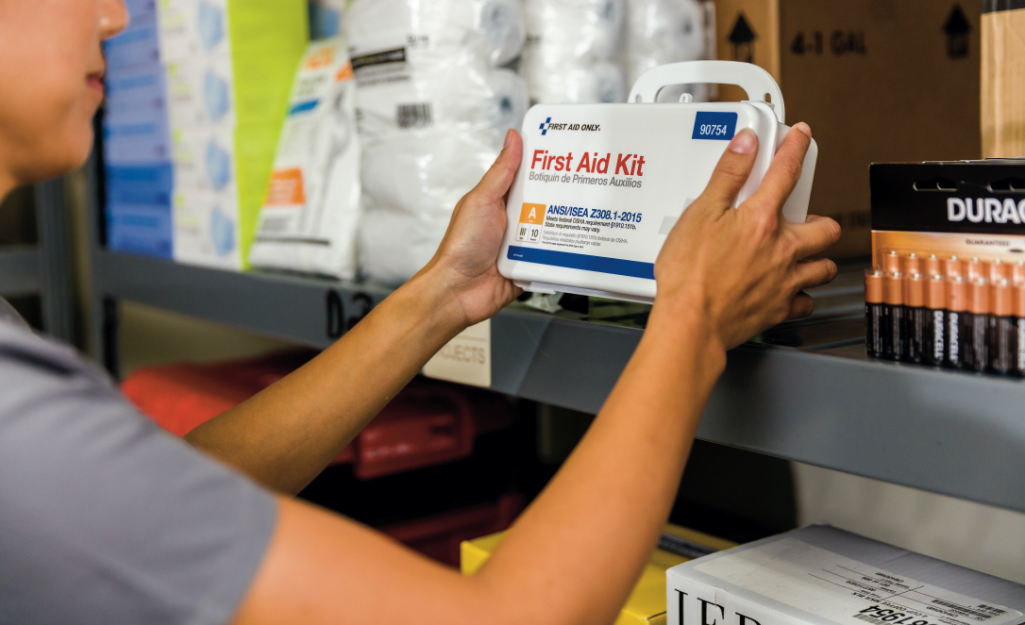
Every safety checklist should include a section that addresses general needs, such as minor injuries and emergency information. Sample questions include:
- Is there a fully stocked first aid kit on site?
- Are emergency phone numbers clearly posted?
- Is the workplace clean and orderly?
- Are the floors unobstructed and free of trip and slip hazards?
- Do all common areas and workstations have adequate lighting?
Fire Safety
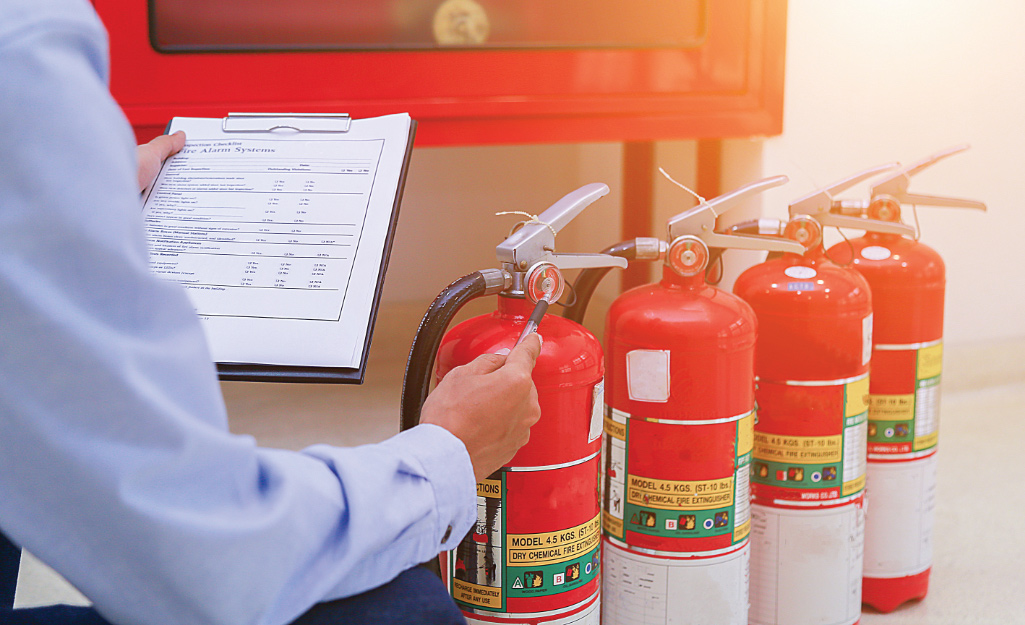
Fire safety inspection checklists cover several topics. They explain steps to prevent fires, set procedures for extinguishing small flames and ensure that the business stays in compliance with all local fire codes.
- Does the workplace have a fire emergency plan that has been communicated to employees?
- Is building evacuation signage up to date and posted near fire exits?
- Have fire extinguishers been inspected and installed in appropriate locations?
- Have flammable and combustible materials been sealed in appropriate containers?
- Are “No Smoking” signs posted and enforced?
- Are the sprinkler systems and smoke detectors in working order?
PPE Safety

PPE safety checklists identify tasks or locations at the job site that require PPE. The checklist also ensures that the PPE will last as long as possible and that employees will use it properly.
- Do employees and on-site visitors wear appropriate personal protective equipment?
- Are hard hats required in construction areas where there is a risk of injury?
- Do workers wear hearing protection in areas of moderate, extreme or long-term noise?
- Do workers wear slip-resistant, puncture-resistant or impact resistant footwear where necessary?
- Do workers wear eye protection or face shields for protection against chemicals, fumes, dust or fine particles?
- Do workers wear dust masks or respirators where necessary?
Hand & Power Tool Safety

Manual and electric powered tools require careful inspection to avoid minor or serious injuries in the workplace. Safety inspection checklists confirm that tools are in good repair and that employees can use them properly.
- Are employees fully trained in safety procedures before using the tools?
- Are all hand and power tools in good working order?
- Are tools stored in a dry, secured place?
- Are power tool cords in good repair and free of cuts or abrasions?
- Are all safety guards and devices in place while the tools are in use?
- Are wooden handles for hammers and other tools in good repair and free of cracks or splinters?
Fall Protection

Safety checklists reduce the potential for injuries due to slips and falls, as well as establish safe practices for ladders, stairs and elevated areas. Follow proactive safety steps such as these to promote slip, trip and fall protection.
- Are spills cleaned up immediately according to proper procedures?
- Are walkways free of cabling and other obstructions?
- Are all ladders in good repair and safe to use?
- Are standard guardrails provided on elevated platforms?
- Do stairways have handrails in good condition?
- Are holes or openings barricaded or covered securely and marked?
- Are personal fall protection devices and other equipment provided with training?
Electrical Safety

Most offices and work sites use electricity and can be subject to electrical hazards that can cause shocks or burns. Inspection checklists help ensure electrical equipment is properly installed and that employees follow safe practices.
- Is all equipment double-insulated and grounded?
- Are power cords and extension cords placed to prevent damage to the cord insulation?
- Are outlets, extension cords and power strips in use without exceeding capacity?
- Do appropriate receptacles have GFCI protection?
- Are warning signs for electrical dangers clearly posted?
What Are the Five Elements of Safety?
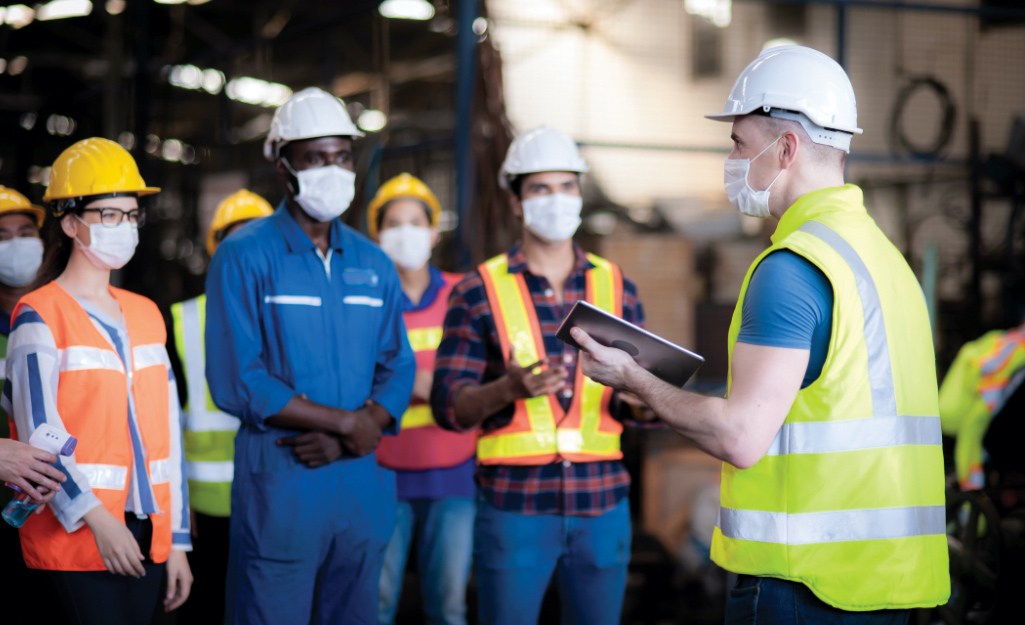
OSHA’s Five Elements of Safety provide effective guidelines when making safety program evaluations. Use these as a guide when creating a safety policy for your workplace. OSHA’s Five Elements of Safety include:
- Management commitment and employee involvement—management must lead by example to ensure safety is part of the workplace culture. Employees should have a voice in the process, as they often have direct experience with potential hazards and may know how to do their jobs more safely.
- Worksite analysis—management and employees should cooperate to audit all aspects of the workplace, including facilities, materials and job tasks, to reveal existing hazards as well as conditions that could create new hazards.
- Hazard prevention and control—management and employees work together to determine the best methods for preventing or controlling potential hazards.
- Safety and health training—all employees, including management, undergo training on general safety issues as well as practices for the specific workplace.
- Recordkeeping and program evaluation—safety inspections are held regularly, with results recorded and periodically evaluated to determine where improvements are needed.
Your commitment to health and safety in the workplace can lead to better workplace morale, greater quality in service or products, improved employee recruiting and retention and a better reputation.
More Tools. More Products. More Savings.
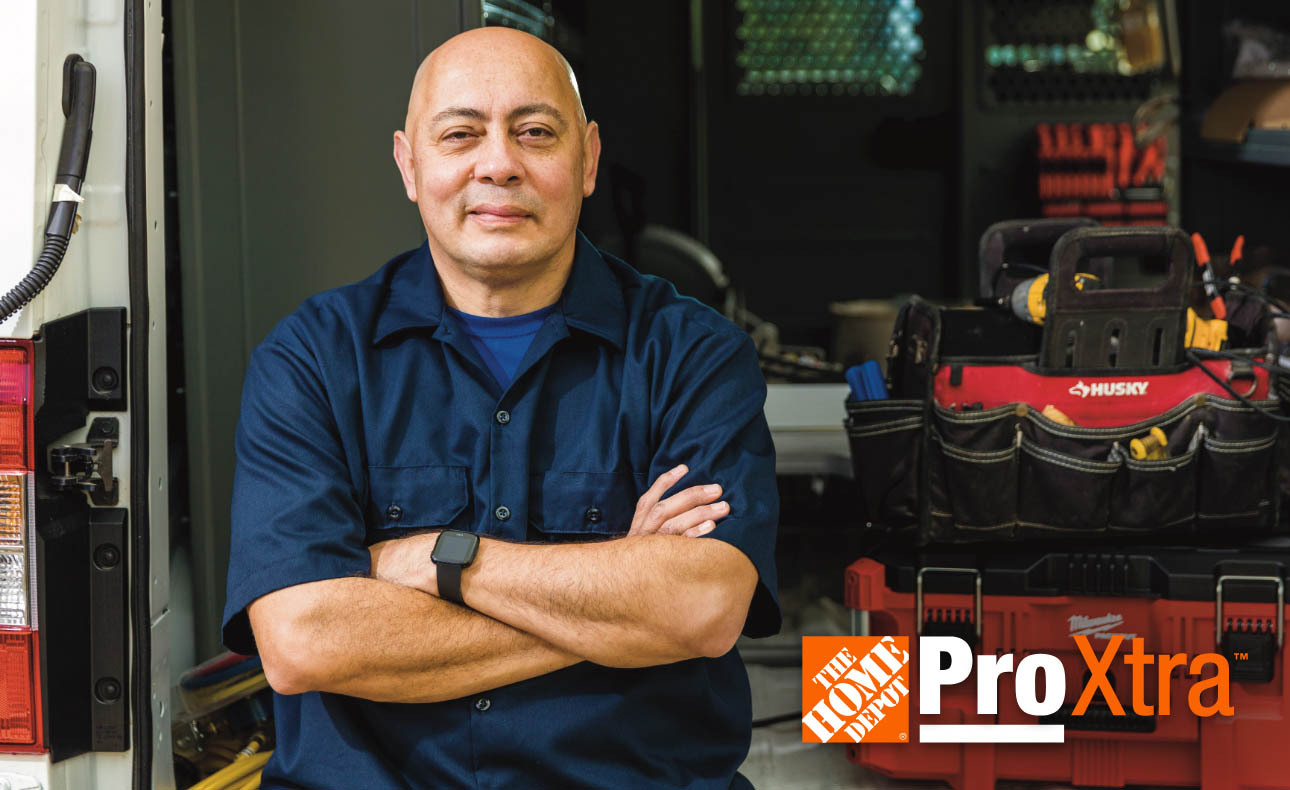
Be more competitive and boost your bottom line with Pro Xtra, The Home Depot’s free loyalty program built for Pros. Sign up today to open a digital toolbox that gives you access to time-saving features, a personalized homepage, exclusive savings and other business benefits.
Use workplace safety checklists to implement the essential requirements to protect employees, comply with regulations and maintain productivity. A building owner or office manager can use a checklist to identify the safety needs at a construction site or any other workplace.
Create a quote before purchasing safety equipment using a free Pro Xtra account. Use quotes to review your purchasing needs and lock in pricing for seven days.
The information provided in this guide does not, and is not intended to, constitute legal advice; instead, all content is for informational purposes only. This guide does not create an attorney-client relationship between the reader and The Home Depot. You should consult your attorney to obtain advice with respect to any particular legal issue or problem.











